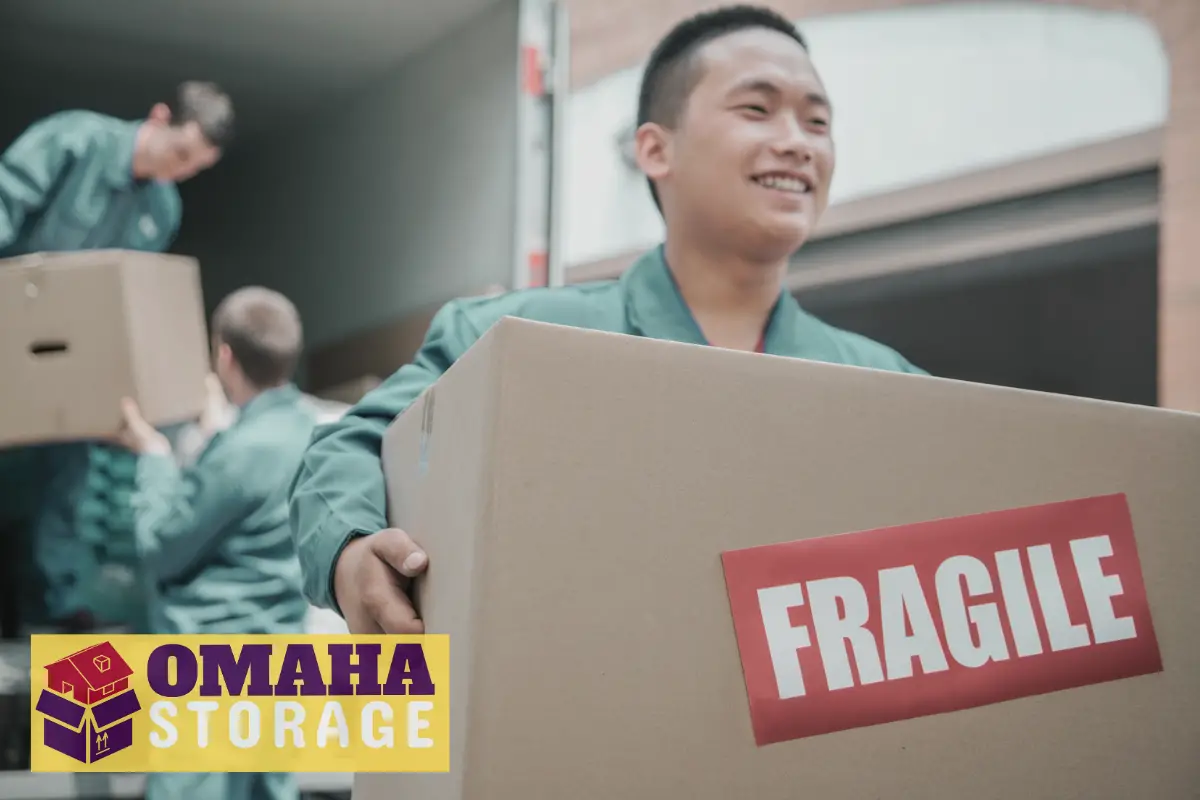Moving and storing fragile items can be a daunting task, especially when it comes to ensuring their safety during transit and storage.
Follow these proper techniques for packing fragile items in storage to minimize the risk of damage and keep your prized possessions safe and sound.
Gather the Right Packing Materials
The first step in packing fragile items is to gather the necessary packing materials. High-quality materials can make all the difference when it comes to protecting your valuables.
Here are some essential packing supplies to have on hand:
- Boxes: Choose sturdy, high-quality cardboard boxes that are the appropriate size for your fragile items. Avoid using damaged or weak boxes that may collapse or fail to protect your belongings.
- Bubble Wrap: Use bubble wrap to cushion fragile items and protect them from impacts and vibrations.
- Packing Paper: Packing paper is a versatile and affordable material that can be used to wrap delicate items or fill empty spaces within boxes.
- Packing Tape: High-quality packing tape is essential for sealing boxes and securing your items during transport and storage.
- Labels and Markers: Clearly label your boxes with their contents and indicate if they contain fragile items. This will help you stay organized and handle your belongings with care.
Wrap Fragile Items Individually
When packing fragile items, it’s important to wrap each piece individually with packing materials to provide ample cushioning and protection.
Follow these steps to properly wrap your fragile items:
- Begin by laying out a sheet of packing paper or bubble wrap on a flat surface.
- Place the fragile item in the center of the packing material.
- Fold the packing material around the item, ensuring all sides are covered and protected.
- Secure the packing material with packing tape to prevent it from coming loose during transport and storage.
Choose the Right Box for Your Fragile Items
Selecting the appropriate box for your fragile items is crucial to their protection. Consider these factors when choosing a box:
- Size: Choose a box that is large enough to accommodate your wrapped fragile items without overcrowding them. This will allow for adequate cushioning and minimize the risk of damage.
- Strength: Opt for strong, durable boxes that can withstand the weight of your items and provide adequate support during transport and storage.
- Dividers: For items like glassware and dishware, consider using boxes with built-in dividers to keep individual pieces separate and secure.
Packing Fragile Items Carefully
Properly packing your fragile items within boxes is essential to their protection.
Follow these steps to ensure your items are secure and well-cushioned:
- Line the bottom of the box with a layer of bubble wrap or crumpled packing paper for added cushioning and support.
- Place the heaviest and sturdiest items on the bottom of the box, with lighter and more delicate items towards the top.
- Fill any empty spaces within the box with additional packing materials, such as crumpled packing paper or bubble wrap, to prevent items from shifting during transit and storage.
- Seal the box securely with packing tape to keep it closed and maintain the integrity of the box structure.
Label Your Boxes Clearly
Properly labeling your boxes is crucial for staying organized and ensuring that your fragile items are handled with care.
Here are some tips for labeling your boxes:
- Use a permanent marker to clearly indicate the contents of each box.
- Write “Fragile” or “Handle with Care” on all sides of the box to alert anyone handling the box to take extra caution.
- If applicable, mark the top of the box with an arrow to indicate which side should be facing up.
Store Fragile Items Strategically
Once your fragile items are packed, it’s important to store them strategically to minimize the risk of damage.
Follow these guidelines for safe storage:
- Place heavy boxes on the bottom of your storage unit, with lighter boxes containing fragile items stacked on top.
- Keep boxes with fragile items away from high-traffic areas within the storage unit to minimize the risk of accidental impacts.
- Avoid stacking boxes too high, as this can lead to instability and increase the risk of damage.
- Consider using shelving to keep fragile items elevated and safe from potential hazards on the ground.
Monitor and Maintain Your Storage Unit
Regularly checking on your storage unit and maintaining it can help prevent damage to your fragile items.
Keep these tips in mind:
- Inspect your storage unit for signs of moisture, pests, or other potential hazards that could harm your fragile items.
- Ensure that your boxes and packing materials remain in good condition, replacing them if necessary.
- Keep an up-to-date inventory of your stored items to make it easier to locate specific items and check on their condition.
By following these proper techniques for packing fragile items in storage, you can protect your valuable belongings and ensure they remain in great condition.
Invest in high-quality packing materials, wrap each item individually, and store your items strategically to minimize the risk of damage during transit and storage.

